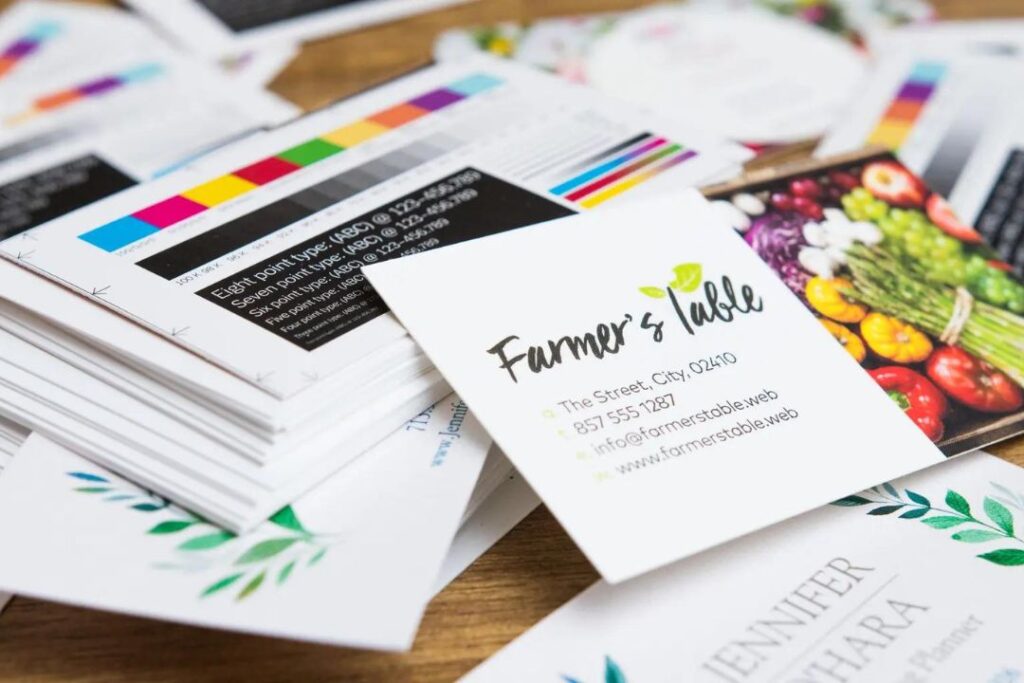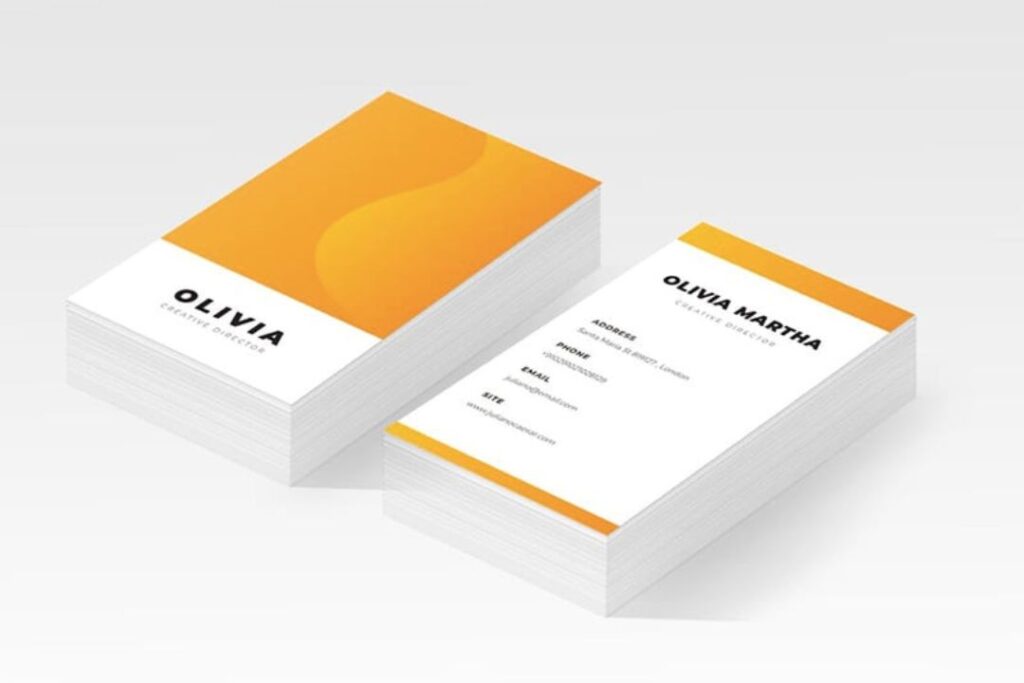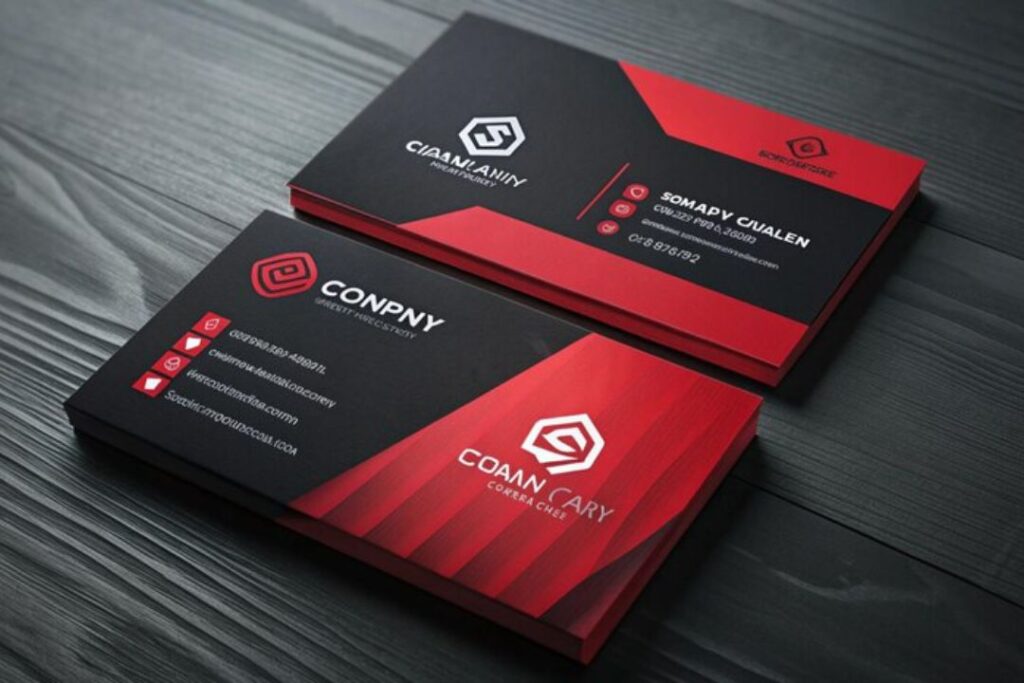Creating a great first impression is crucial in business, and your business card often serves as the first touchpoint with potential clients or partners. While the cost of professional design and printing can add up quickly, it’s entirely possible to create stunning business cards without breaking the bank. This guide will walk you through how to design cheap business cards that look anything but cheap, ensuring that you get the most value for your money.
Understanding the Basics of Business Cards Design
Before diving into the specifics of designing on a budget, it’s important to understand the key elements that make a business card effective. A well-designed business card should be:
- Clear and Readable: The primary purpose of a business card is to convey your contact information quickly and clearly. Your name, job title, company name, and contact details should be easy to read at a glance.
- Visually Appealing: Your business card should be aesthetically pleasing, with a design that reflects your brand’s identity. This includes the use of colors, fonts, and images that align with your brand.
- Memorable: In a stack of cheap business cards, you want yours to stand out. This doesn’t mean it has to be flashy, but it should have a unique element, whether it’s the design, layout, or material used.
- Durable: The material and print quality are important. While you’re aiming for a budget-friendly option, you don’t want your card to look or feel flimsy. Choosing the right paper and finish is key to making a lasting impression.
Tips for Designing Stunning cheap Business Cards on a Budget

Designing a professional-looking cheap business cards on a budget requires creativity and resourcefulness. Here are some practical tips to help you achieve great results:
- Use Free Design Tools and Templates
There are many free online design tools like Canva, Vistaprint, and Adobe Spark that offer customizable business card templates. These tools are user-friendly and often come with a wide variety of templates designed by professionals. You can personalize these templates by adding your logo, adjusting colors, and modifying the layout to suit your brand.
If you have basic graphic design skills, you can also use software like GIMP or Inkscape, which are free alternatives to Adobe Photoshop and Illustrator. These tools allow for more customization and control over your design but may require a bit of a learning curve.
- Choose Simple, Clean Designs
Simplicity is often the key to elegance. A clean, minimalist design not only looks professional but also costs less to print. Avoid cluttering your business card with too much information or intricate graphics. Stick to essential details and use white space effectively to create a sleek, modern look.
When it comes to fonts, choose a maximum of two complementary fonts—one for your name and primary details, and another for secondary information. Avoid overly decorative fonts that can be hard to read or look unprofessional.
- Opt for Standard Sizes
While it might be tempting to choose an unconventional size or shape for your business card to stand out, this can increase your printing costs. Stick to the standard cheap business cards size of 3.5 x 2 inches, which is the most cost-effective option. This size is also universally accepted and fits easily into wallets and cardholders.
- Select Affordable Printing Options
When it comes to printing, you have several budget-friendly options. Online printers often offer competitive prices, and some even have special deals or discounts for bulk orders. Here are a few tips to save on printing:
- Use Online Printers: Websites like Vistaprint, Moo, and GotPrint offer affordable printing services. These sites often provide discounts for first-time customers or bulk orders. Take advantage of these offers to lower your costs.
- Choose Standard Paper Stock: Premium paper stocks, while attractive, can significantly increase your costs. Opt for a standard paper thickness (usually around 14pt) which offers a good balance between cost and durability.
- Skip the Extras: Fancy finishes like foil stamping, embossing, or spot UV can make your business card stand out, but they also add to the cost. If you’re on a tight budget, stick to a simple matte or glossy finish, which still looks professional without the extra expense.
- Limit the Use of Color
Full-color business cards can be expensive to print. To save money, consider using a limited color palette. A monochrome design or a two-color scheme can still be very effective and professional. If your brand colors are important, use them strategically—perhaps in your logo or as an accent color rather than throughout the entire card.
- Print in Bulk
The cost per card decreases significantly when you print in bulk. If you know you’ll be handing out a lot of cheap business cards, it’s more economical to print a larger quantity in one go. Just be sure that the information on the card is unlikely to change in the near future.
- Use Alternative Materials
While paper is the most common material for cheap business cards, alternative materials can offer a unique look without the added cost. Consider using recycled paper or kraft paper for a more eco-friendly and distinctive option. These materials often have a natural, textured look that can make your card stand out without expensive printing techniques.
- DIY Printing
If you’re really looking to save, you can print your business cards at home. Invest in good-quality cardstock and a color printer. There are plenty of templates available online that you can use to print directly from your home computer. However, be aware that the quality may not match that of professional printing, so this option is best for those with a very tight budget.
Adding a Personal Touch

To make your budget Cheap business cards truly unique, consider adding a personal touch. Here are a few ideas:
- Handwritten Notes: If appropriate, leaving a small handwritten note on your business card can add a personal connection. This works particularly well for industries where personal relationships are key, such as real estate or consulting.
- Custom Shapes or Cuts: If you’re feeling crafty, you can cut standard business cards into a unique shape by hand or using a die-cutter. This method requires time and effort but can result in a one-of-a-kind business card.
- Incorporate a QR Code: Including a QR code on your card is a modern touch that allows recipients to quickly access your website, portfolio, or LinkedIn profile. QR codes can be generated for free and add a high-tech element to your card without additional cost.
Conclusion
Designing stunning business cards on a budget is entirely feasible with the right approach. By leveraging free design tools, choosing simple and clean designs, and making smart choices about printing and materials, you can create professional-looking Cheap business cards without overspending. Remember, the key to a great business card isn’t how much you spend, but how well it represents your brand and leaves a lasting impression. With a little creativity and planning, your business cards can become an effective and affordable marketing tool.


